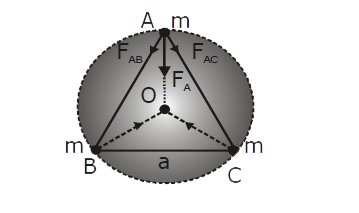Recommended Questions
- Three particles, each of mass m, are situated at the situated at the v...
05:47
|
Playing Now - Three particles, each of mass m, are situated at the vertices of equil...
07:27
|
Play - Three particles, each of the mass m are situated at the vertices of an...
04:01
|
Play - Three parties, each of mass m, are situated at the vertices of an equi...
03:09
|
Play - Three particles, each of mass m, are situated at the situated at the v...
05:47
|
Play - तीन कण, जिनमें प्रत्येक का द्रव्यमान m है, a लम्बाई भुजा वाले समबाहु त...
08:57
|
Play - Three particles, each of mass m are fixed at the vertices of an equila...
04:13
|
Play - Three particles, each of mass m are fixed at the vertices of an equila...
03:29
|
Play - a भुजा वाले एक समबाहु त्रिभु के प्रत्येक कोने पर द्रव्यमान का एक कण...
06:42
|
Play
